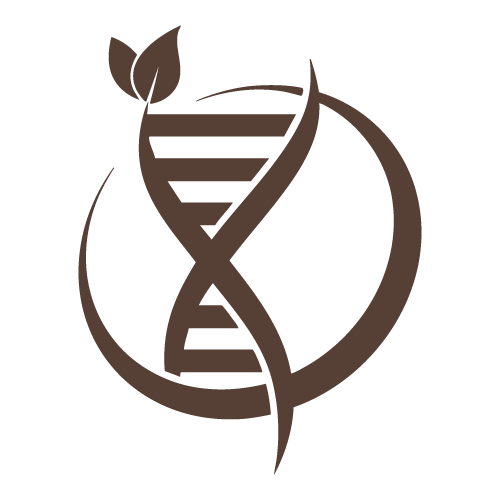Wart Removal
KEY BENEFITS OF Wart Removal
Common Warts (Verruca vulgaris)
These appear as rough, raised bumps, most often found on the hands and fingers. They are caused by the human papillomavirus (HPV) and may spread through direct contact.
Plantar Warts
Developing on the soles of the feet, plantar warts are typically hard, flat growths that may feel painful when walking or standing due to pressure.
Flat Warts
These are smooth, flat-topped lesions that commonly occur on the face, arms, or legs. They are often smaller and more numerous than other types of warts.
Filiform Warts
Characterized by their long, narrow, finger-like projections, filiform warts often appear on delicate areas such as the eyelids, lips, or neck.
Genital Warts
Soft, flesh-colored lesions that appear in the genital area, caused by certain strains of HPV. These require treatment with the utmost clinical care, discretion, and privacy to ensure patient comfort and safety.
You will experience

World-class DHA-certified medical artists

Bio-integrated skincare and injectables

Confidentiality that rivals concierge medicine

Results that are whisper-level flawless
FAQ's
What are the treatment options for wart removal?
Wart treatment is tailored to the size, type, and location of the lesion, as well as response to prior therapies. Options include:
Electrocautery or Radiofrequency Ablation – Uses controlled heat or high-frequency current to precisely destroy wart tissue with minimal bleeding and fast recovery.
Laser Wart Removal – Pulsed or CO₂ lasers target the blood supply feeding the wart, making it especially effective for resistant or recurring warts.
Topical Prescription Medications – Such as salicylic acid, imiquimod, or antiviral agents, often used alone or in combination with in-clinic treatments.
Surgical Excision – Rarely required, but may be considered for large or stubborn warts in difficult locations.
